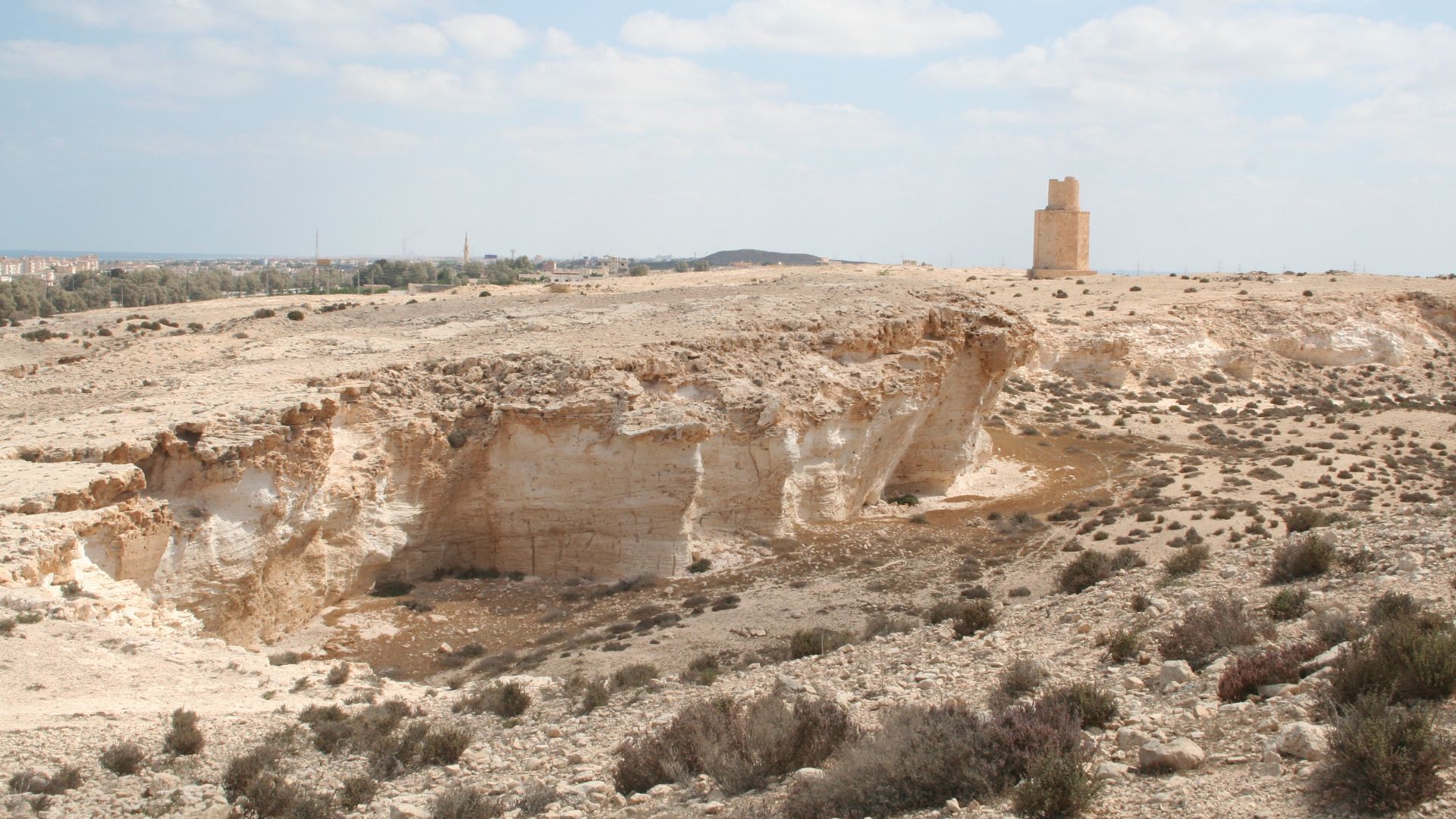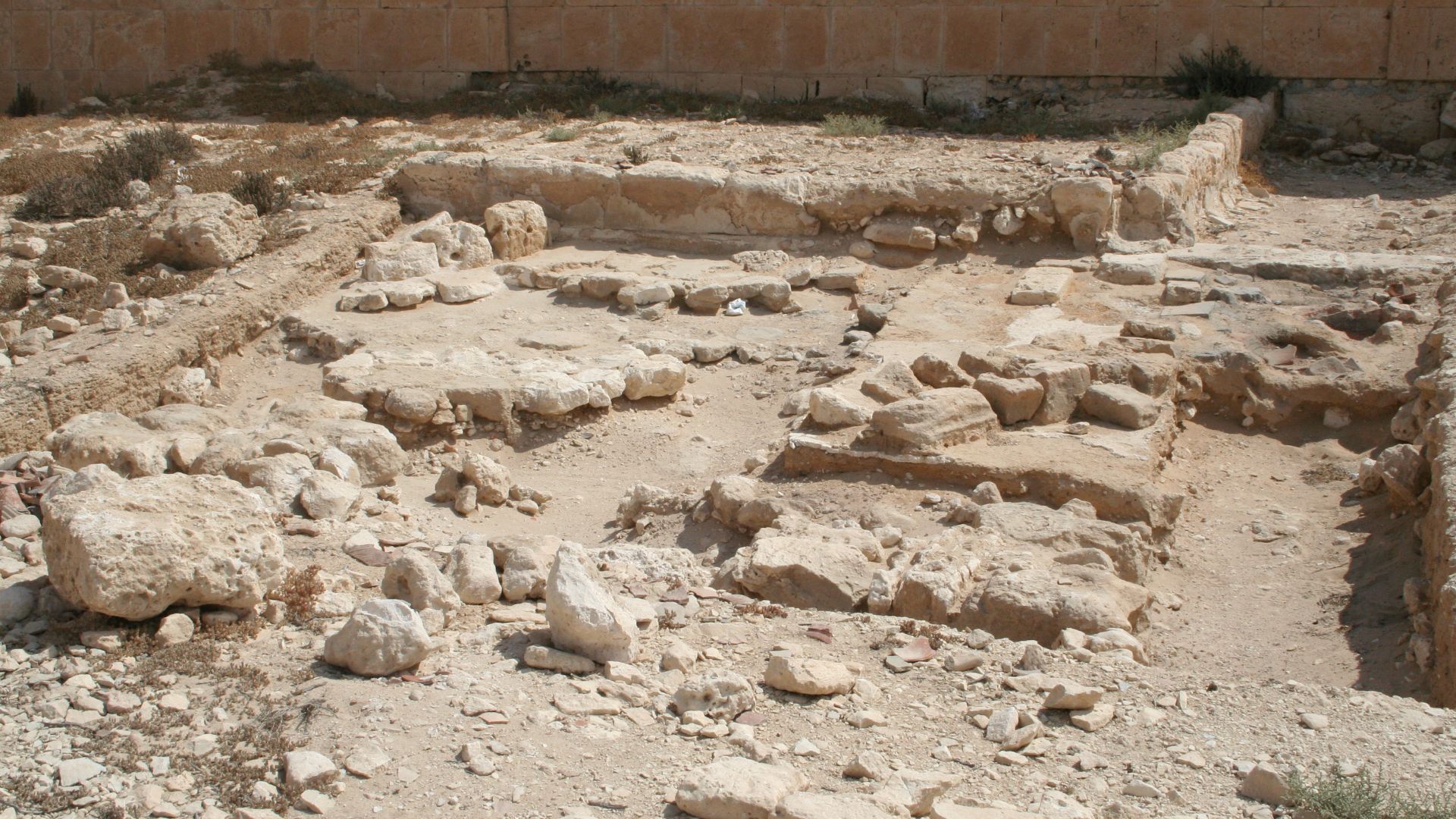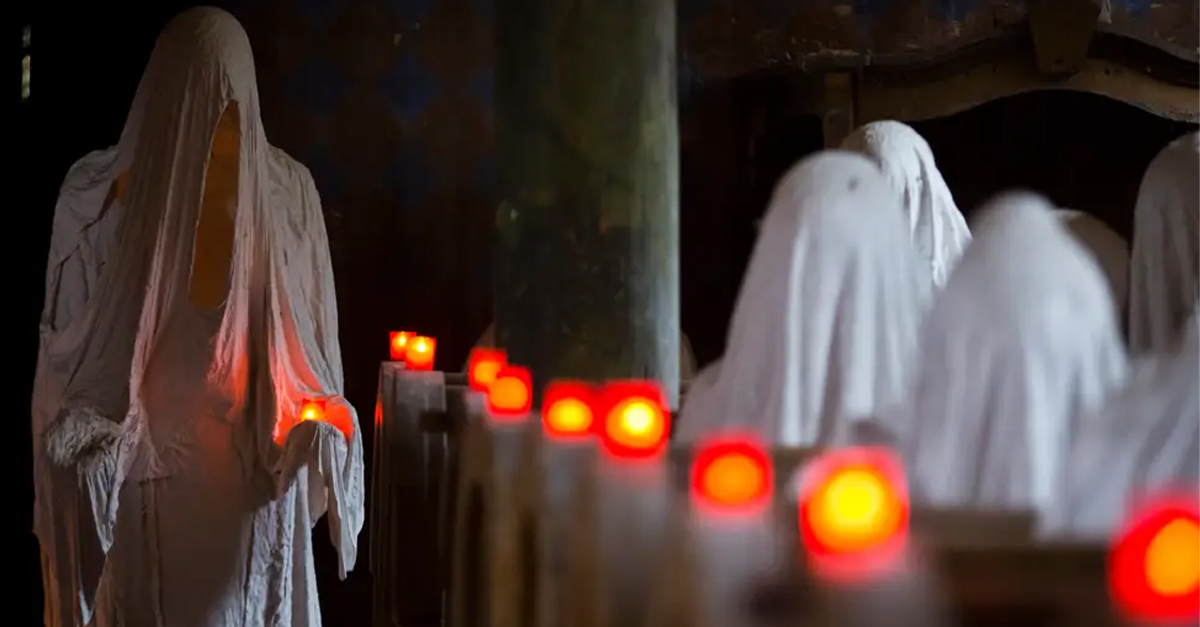Cleopatra VII once ruled a kingdom where politics and divinity intertwined. Her ships sailed from glittering harbors along Egypt’s Mediterranean coast, carrying both wealth and whispers of empire.
Now, more than two thousand years after her death, the sea that once bore her fleet may hold the final traces of her reign. Near the temple of Taposiris Magna—long suspected to be linked to her burial—researchers have uncovered a sunken Ptolemaic port.
Its discovery breathes new life into one of history’s most enduring mysteries: where the last queen of Egypt chose to rest after her fateful alliance with Rome.
A Secret Port Rises From The Depths
Archaeologists uncovered an ancient harbor off the coast of Taposiris Magna, west of Alexandria, containing polished floors, stone columns, anchors, and amphorae dating to Cleopatra’s era. Experts believe it served both commercial and ceremonial purposes connected to the Osiris cult. If the complex reached the sea, it strengthens theories that Cleopatra’s burial was accessible by water.
 Einsamer Schütze, Wikimedia Commons
Einsamer Schütze, Wikimedia Commons
A Tunnel Leads The Way
In 2022, researchers announced they had found a tunnel stretching some 4,281 feet (1,305 meters) beneath Taposiris Magna. These were submerged parts that were likely connected to the new port.
This deep-water marker is central. The tunnel offers a conceivable corridor between the temple and coastline to suggest that once-coastal terrain shifted and may have led to a burial route hidden from Roman eyes. The connection reinforces the case for a concealed tomb near the temple.
Why This Site Matters For Cleopatra’s Final Resting Place
Taposiris Magna was founded around 280–270 BCE by the Ptolemies and named “the great tomb of Osiris.” The choice of location resonates with what is known of Cleopatra’s devotion to Isis and Osiris as a fitting link for her hoped-for resting place. With the newly discovered port and tunnel, the site gains greater significance: not just religious but also strategic and secretive.
 Einsamer Schutze, Wikimedia Commons
Einsamer Schutze, Wikimedia Commons
What’s Changed?
Together, these discoveries are rewriting what historians thought they knew about Cleopatra’s final years. For decades, researchers focused their search inland, assuming her tomb lay within temple grounds or was buried beneath shifting desert sands.
Now, geological and underwater evidence point toward a coastline that once stood far higher. If future dives confirm that the port, tunnel, and temple formed a single complex, it could redefine the geography of Cleopatra’s final chapter and bring the world closer than ever to uncovering her long-lost tomb.








